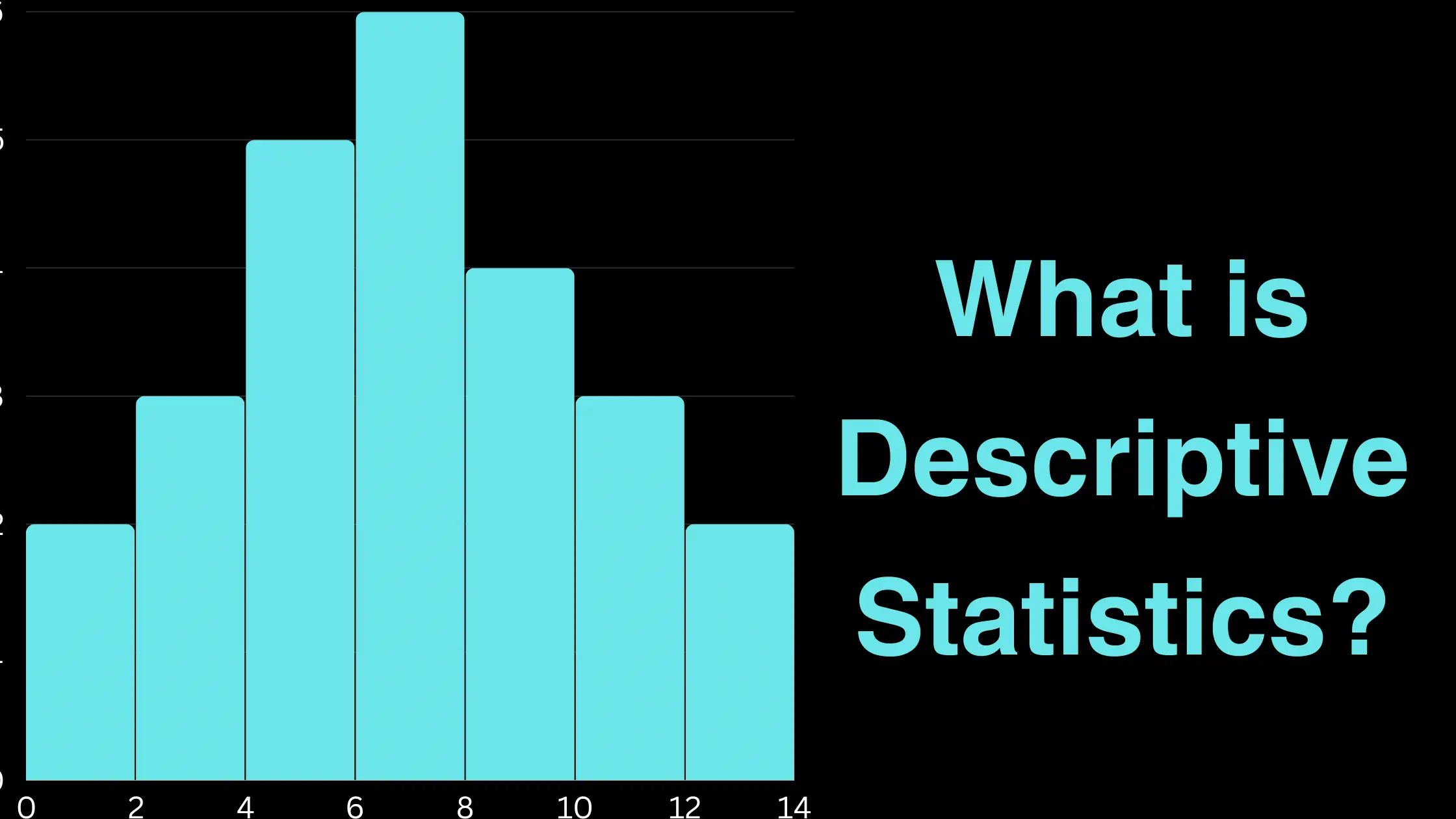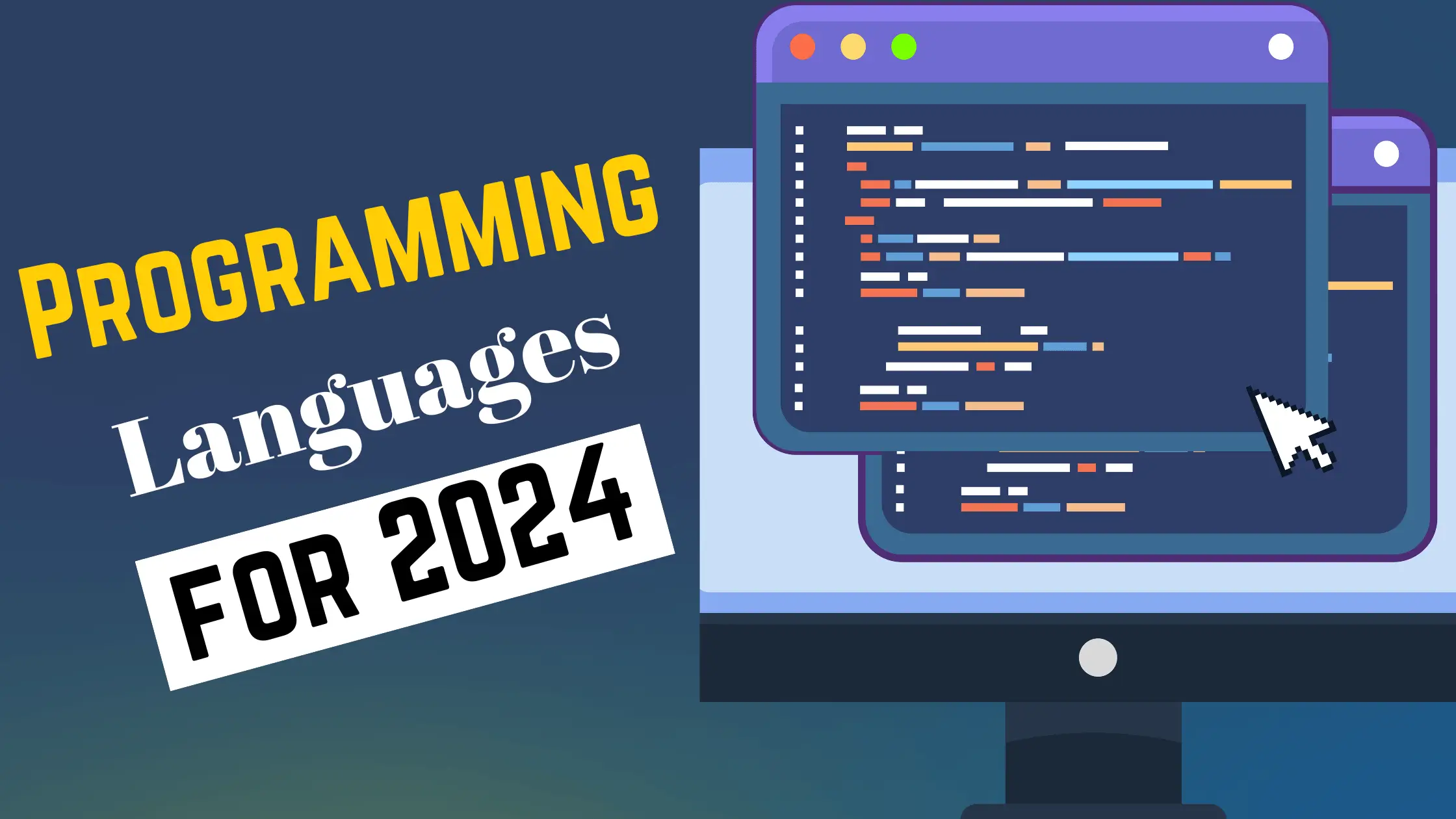As technology continues to advance and the amount of data generated by businesses and individuals grows exponentially, the demand for professionals who can manage and analyze this data has skyrocketed. Big Data Engineers are at the forefront of this data revolution, combining technical prowess with analytical skills to help organizations harness the power of their data.
In this article, we will provide an in-depth look at what it means to be a Big Data Engineer. We will explore the skills required to succeed in this role, the responsibilities they undertake, and the salary expectations for professionals in this field. Whether you’re considering a career as a Big Data Engineer or simply curious about this exciting and dynamic profession, this article will provide you with a comprehensive understanding of what it takes to thrive in this role.
What is Big Data?
Before we delve into the specifics of a Big Data Engineer’s role, it’s essential to understand what “big data” actually means. Big data refers to extremely large datasets that are too complex and voluminous to be processed using traditional data processing tools and techniques. These datasets can come from a variety of sources, including social media, sensors, transactions, and more.
The term “big data” is often characterized by the “three Vs”:
- Volume: The sheer size of the data, which can range from terabytes to petabytes and beyond.
- Velocity: The speed at which data is generated and needs to be processed, often in real-time.
- Variety: The diverse types of data, which can be structured (e.g., databases), semi-structured (e.g., XML, JSON), or unstructured (e.g., text, images, videos).
Some experts also include additional Vs, such as:
- Veracity: The accuracy and reliability of the data.
- Value: The potential insights and benefits that can be derived from the data.
Managing and analyzing big data requires specialized tools, technologies, and skills, which is where Big Data Engineers come into the picture.
The Role of a Big Data Engineer
A Big Data Engineer is a professional who designs, builds, and maintains the infrastructure and systems that enable an organization to store, process, and analyze vast amounts of data. They are responsible for creating and managing the data pipeline, ensuring that data flows seamlessly from various sources into the analytical tools used by data scientists and business analysts.
The role of a Big Data Engineer is multifaceted and requires a unique combination of technical skills and business acumen. Some of the key responsibilities of a Big Data Engineer include:
- Designing and building data infrastructure: Big Data Engineers are responsible for creating the architecture and systems that allow an organization to store, process, and analyze large volumes of data. This involves selecting the appropriate technologies, such as Hadoop, Spark, or NoSQL databases, and designing the data pipeline to ensure efficient and reliable data flow.
- Data ingestion and integration: Big Data Engineers work on integrating data from various sources, such as databases, APIs, and streaming platforms, into the data pipeline. They ensure that data is properly formatted, cleaned, and transformed before being loaded into the data storage systems.
- Data storage and management: Big Data Engineers are responsible for managing the data storage systems, such as Hadoop Distributed File System (HDFS) or cloud storage solutions like Amazon S3. They ensure that data is stored securely, efficiently, and in compliance with data governance policies.
- Data processing and analysis: Big Data Engineers work closely with data scientists and analysts to process and analyze large datasets. They develop and optimize data processing workflows using tools like Hadoop MapReduce, Apache Spark, or Flink, ensuring that data can be efficiently queried and analyzed.
- Performance optimization and troubleshooting: As the volume and complexity of data grow, Big Data Engineers continuously monitor and optimize the performance of the data infrastructure. They identify bottlenecks, troubleshoot issues, and implement improvements to ensure that the systems can handle the increasing data loads.
- Collaboration and communication: Big Data Engineers often work in cross-functional teams, collaborating with data scientists, business analysts, and stakeholders from various departments. They need to effectively communicate technical concepts to non-technical audiences and understand the business requirements to ensure that the data infrastructure meets the organization’s needs.
Skills Required for a Big Data Engineer
To excel as a Big Data Engineer, professionals need a diverse set of skills that span across technical, analytical, and soft skills. Let’s explore each category in more detail:
Technical Skills
| Skill | Description |
|---|---|
| Programming Languages | Big Data Engineers should be proficient in programming languages such as Java, Python, or Scala, which are commonly used in big data frameworks like Hadoop and Spark. |
| Big Data Technologies | Familiarity with big data tools and technologies such as Hadoop, HDFS, MapReduce, Spark, Flink, and NoSQL databases like Cassandra or HBase is essential. |
| Data Warehousing and ETL | Knowledge of data warehousing concepts and experience with extract, transform, load (ETL) processes are crucial for designing and managing data pipelines. |
| Cloud Computing | As more organizations move their data infrastructure to the cloud, Big Data Engineers should be well-versed in cloud platforms like Amazon Web Services (AWS), Microsoft Azure, or Google Cloud Platform (GCP). |
| SQL and NoSQL Databases | Proficiency in working with both SQL and NoSQL databases is necessary for storing and retrieving data efficiently. |
| Data Modeling and Architecture | Big Data Engineers should have a strong understanding of data modeling techniques and be able to design scalable and efficient data architectures. |
Analytical Skills
| Skill | Description |
|---|---|
| Data Analysis | While Big Data Engineers may not be directly responsible for data analysis, they should have a solid understanding of statistical concepts and data analysis techniques to ensure that the data infrastructure supports the analytical needs of the organization. |
| Problem-Solving | Big Data Engineers often face complex challenges when designing and managing data systems. Strong problem-solving skills are essential for identifying and resolving issues efficiently. |
| Attention to Detail | Working with large datasets requires meticulous attention to detail to ensure data accuracy, consistency, and completeness. |
Soft Skills
| Skill | Description |
|---|---|
| Communication | Big Data Engineers need to effectively communicate technical concepts to both technical and non-technical stakeholders, as well as collaborate with cross-functional teams. |
| Continuous Learning | The field of big data is constantly evolving, with new technologies and best practices emerging regularly. Big Data Engineers should have a passion for continuous learning and staying up-to-date with the latest industry trends. |
| Time Management | Big data projects often have tight deadlines and competing priorities. Strong time management skills are essential for delivering projects on time and managing multiple tasks effectively. |
Responsibilities of a Big Data Engineer
The responsibilities of a Big Data Engineer can vary depending on the organization and the specific project requirements. However, some of the common responsibilities include:
Data Infrastructure Design and Development
- Design and implement scalable and reliable data architecture
- Select and integrate appropriate big data technologies and tools
- Develop and maintain data pipelines for ingestion, processing, and analysis
- Ensure data security, privacy, and compliance with regulations
Data Ingestion and Integration
- Integrate data from various sources, such as databases, APIs, and streaming platforms
- Develop and optimize data ingestion processes using tools like Apache Kafka or Flume
- Ensure data quality and consistency through data validation and cleansing techniques
Data Storage and Management
- Design and implement data storage solutions using technologies like HDFS, NoSQL databases, or cloud storage
- Optimize data storage for performance, scalability, and cost-effectiveness
- Develop and maintain data partitioning and indexing strategies
- Ensure data backup, recovery, and archiving processes are in place
Data Processing and Analysis
- Develop and optimize data processing workflows using tools like Hadoop MapReduce or Apache Spark
- Collaborate with data scientists and analysts to understand their data requirements
- Implement data transformation and aggregation processes
- Optimize query performance and ensure efficient data retrieval
Performance Optimization and Troubleshooting
- Monitor and optimize the performance of the data infrastructure
- Identify and resolve bottlenecks, errors, and inefficiencies in the data pipeline
- Conduct performance testing and benchmarking to ensure scalability and reliability
- Implement and maintain monitoring and alerting systems for proactive issue detection
Collaboration and Communication
- Collaborate with cross-functional teams, including data scientists, business analysts, and stakeholders
- Communicate technical concepts and requirements to non-technical audiences
- Provide guidance and support to other team members on big data best practices
- Participate in project planning, estimation, and delivery
Big Data Engineer Salary
The salary of a Big Data Engineer can vary based on factors such as experience, skills, location, and industry. According to data from PayScale, as of August 2023, the average annual salary for a Big Data Engineer in the United States is $117,644. However, salaries can range from around $85,000 for entry-level positions to over $160,000 for experienced professionals in high-demand locations or industries.
| Factor | Description |
|---|---|
| Experience | As with most technical roles, experience plays a significant role in determining salary. Entry-level Big Data Engineers can expect salaries on the lower end of the range, while those with several years of experience can command higher salaries. |
| Skills | Proficiency in specific big data technologies, such as Hadoop, Spark, or NoSQL databases, can increase a Big Data Engineer’s value and salary potential. Additional skills in areas like cloud computing, data visualization, or machine learning can also be beneficial. |
| Location | Salaries for Big Data Engineers can vary depending on the location, with higher salaries often found in major tech hubs like San Francisco, New York, or Seattle. However, the rise of remote work has somewhat reduced the impact of location on salaries. |
| Industry | The industry in which a Big Data Engineer works can also influence their salary. Industries such as finance, healthcare, and technology often offer higher salaries due to the high demand for big data skills and the complexity of their data infrastructure. |
It’s important to note that salary is just one aspect of compensation for Big Data Engineers. Many organizations also offer additional benefits such as bonuses, stock options, health insurance, and retirement plans, which can significantly increase the overall compensation package.
Career Path and Advancement
The career path for a Big Data Engineer can offer various opportunities for growth and advancement. As they gain experience and expand their skills, Big Data Engineers can progress into more senior roles or specialize in specific areas of big data.
Some of the potential career paths for a Big Data Engineer include:
- Senior Big Data Engineer: With several years of experience, Big Data Engineers can advance into senior roles, taking on more complex projects and mentoring junior team members.
- Data Architect: Big Data Engineers with strong data modeling and architecture skills can transition into Data Architect roles, where they are responsible for designing the overall data strategy and infrastructure for an organization.
- Cloud Data Engineer: As more organizations migrate their data infrastructure to the cloud, Big Data Engineers with cloud computing skills can specialize in designing and managing cloud-based data solutions.
- Machine Learning Engineer: Big Data Engineers with a strong foundation in data processing and analysis can transition into Machine Learning Engineer roles, where they focus on building and optimizing machine learning models and pipelines.
- Technical Leadership: Experienced Big Data Engineers can move into technical leadership roles, such as Technical Lead or Manager, where they oversee teams of engineers and guide the overall technical strategy for big data projects.
To advance in their careers, Big Data Engineers should continuously update their skills and knowledge, staying abreast of the latest big data technologies and best practices. Pursuing relevant certifications, such as the Cloudera Certified Professional (CCP) or the Google Cloud Professional Data Engineer, can also demonstrate expertise and enhance career prospects.
Big Data Technologies and Tools
Big Data Engineers work with a wide range of technologies and tools to design, build, and maintain data infrastructure. Let’s explore some of the most commonly used technologies and tools in the big data ecosystem:
Hadoop
Hadoop is an open-source framework for distributed storage and processing of large datasets across clusters of computers. It consists of two main components:
- Hadoop Distributed File System (HDFS): HDFS is a distributed file system that provides high-throughput access to application data. It enables the storage and management of massive datasets across multiple nodes in a cluster.
- Hadoop MapReduce: MapReduce is a programming model and an associated implementation for processing and generating large datasets. It allows for the parallel processing of data across a cluster of machines, making it suitable for big data workloads.
Apache Spark
Apache Spark is an open-source, distributed computing framework that provides an interface for programming entire clusters with implicit data parallelism and fault tolerance. Spark is known for its speed, ease of use, and versatility, supporting batch processing, streaming, machine learning, and graph processing.
Spark’s key features include:
- In-memory computing for fast data processing
- Support for multiple programming languages (Java, Scala, Python, R)
- Integration with various data sources and formats
- Built-in libraries for machine learning (MLlib), graph processing (GraphX), and stream processing (Spark Streaming)
NoSQL Databases
NoSQL databases are non-relational databases designed to handle large volumes of unstructured or semi-structured data. They provide high scalability, flexibility, and performance compared to traditional relational databases. Some popular NoSQL databases used in big data environments include:
- Apache Cassandra: Cassandra is a highly scalable, distributed NoSQL database that provides high availability and fault tolerance. It is designed to handle massive amounts of structured data across multiple commodity servers.
- MongoDB: MongoDB is a document-oriented NoSQL database that stores data in flexible, JSON-like documents. It offers high performance, automatic scaling, and rich query language support.
- Apache HBase: HBase is a column-oriented, distributed NoSQL database built on top of HDFS. It provides real-time read/write access to large datasets and is commonly used in conjunction with Hadoop and Spark.
Data Ingestion and Integration Tools
Big Data Engineers use various tools to ingest and integrate data from different sources into the data pipeline. Some common data ingestion and integration tools include:
- Apache Kafka: Kafka is a distributed streaming platform that enables the building of real-time data pipelines and streaming applications. It provides high throughput, low latency, and fault tolerance for handling real-time data feeds.
- Apache Flume: Flume is a distributed, reliable, and available service for efficiently collecting, aggregating, and moving large amounts of log data. It is often used to ingest data from various sources into Hadoop or other data storage systems.
- Apache Sqoop: Sqoop is a tool designed for efficiently transferring bulk data between Hadoop and structured data stores, such as relational databases. It supports both import and export of data and provides a command-line interface for easy integration with Hadoop ecosystems.
Cloud Platforms
Many organizations are moving their big data workloads to the cloud to take advantage of scalability, flexibility, and cost-effectiveness. Big Data Engineers should be familiar with major cloud platforms and their big data offerings, such as:
- Amazon Web Services (AWS): AWS provides a comprehensive suite of big data services, including Amazon EMR (Elastic MapReduce) for running Hadoop and Spark clusters, Amazon S3 for scalable storage, and Amazon Redshift for data warehousing.
- Microsoft Azure: Azure offers a range of big data services, such as Azure HDInsight for running Hadoop and Spark clusters, Azure Blob Storage for scalable storage, and Azure Synapse Analytics for data warehousing and analytics.
- Google Cloud Platform (GCP): GCP provides various big data services, including Google Cloud Dataproc for managed Hadoop and Spark clusters, Google Cloud Storage for scalable storage, and Google BigQuery for serverless data warehousing and analytics.
Big Data Engineer vs. Data Scientist
While Big Data Engineers and Data Scientists both work with large datasets, their roles and responsibilities differ. Let’s compare and contrast these two roles:
| Aspect | Big Data Engineer | Data Scientist |
|---|---|---|
| Focus | Design and maintain data infrastructure | Analyze and interpret data to derive insights |
| Skills | Strong programming skills (Java, Python, Scala), expertise in big data technologies (Hadoop, Spark), data modeling, and architecture | Strong statistical and mathematical skills, proficiency in programming languages (Python, R), machine learning, and data visualization |
| Responsibilities | Build and optimize data pipelines, ensure data storage and processing efficiency, troubleshoot and optimize performance | Develop models and algorithms to analyze data, communicate insights and recommendations to stakeholders, collaborate with business teams to solve problems |
| Tools | Hadoop, Spark, NoSQL databases, data ingestion and integration tools, cloud platforms | Statistical software (R, SAS), machine learning libraries (scikit-learn, TensorFlow), data visualization tools (Tableau, D3.js) |
| Deliverables | Scalable and reliable data infrastructure, efficient data pipelines, optimized data storage and processing | Insights and recommendations based on data analysis, predictive models, data visualizations |
While Big Data Engineers focus on the technical aspects of managing and processing large datasets, Data Scientists focus on the analytical and interpretive aspects of deriving insights from the data. However, there is often collaboration between these two roles, as Big Data Engineers provide the infrastructure and data pipeline that enables Data Scientists to perform their analyses effectively.


![Top 8 DSA Project Ideas in 2024 [With Source Code]](https://evuzzo.com/wp-content/uploads/2024/05/DSA-Project-Ideas-in-2024.png)


![Top 15 Software Engineer Projects 2024 [Source Code]](https://evuzzo.com/wp-content/uploads/2024/04/Top-15-Software-Engineer-Projects-2024-Source-Code.webp)

